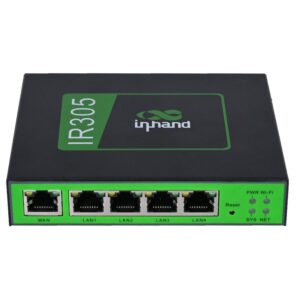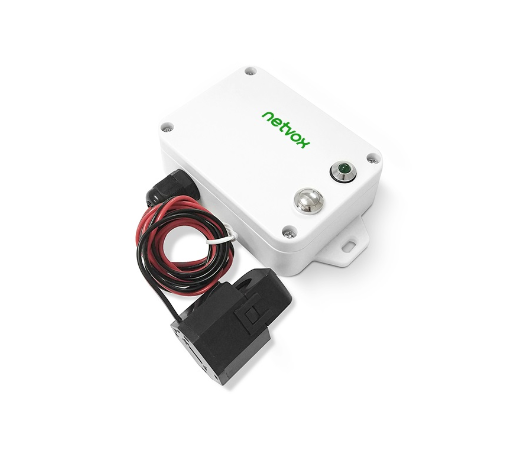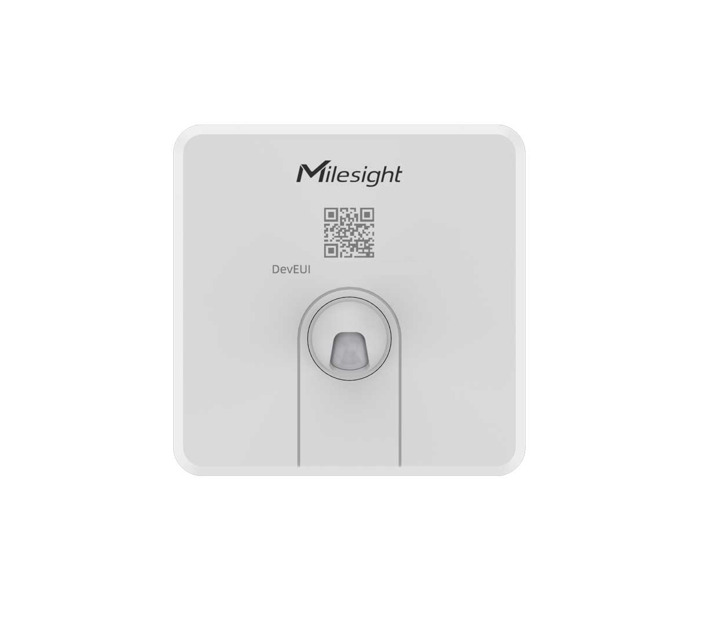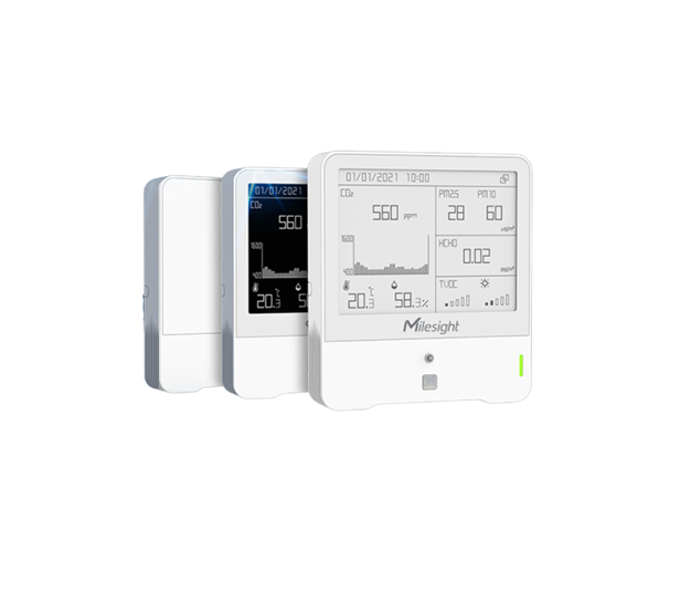Iot in Transportation and Logistics sector
The Internet of Things (IoT) has revolutionized the transportation and logistics sector, enabling companies to optimize their operations and enhance their customer experience.
Our bespoke InHand InRouter305 is part of InHand’s IR300 series. The InHand cellular router isn’t only a great compact router but, due to its versatility can be used in many sectors and one of them is ofcourse the Transportation and Logistics sector.

In this blog, we will discuss how IoT is transforming the transportation and logistics industry and its impact on businesses.
Asset Tracking and Management: IoT enables companies to track and monitor their assets in real-time, including vehicles, cargo, and warehouse inventory. By using IoT sensors and GPS devices, companies can gain visibility into the location and condition of their assets, which allows them to optimize their routing and scheduling to improve delivery times and reduce costs. For example, companies can use IoT-powered tracking systems to ensure that perishable goods are transported at the right temperature and humidity levels, reducing waste and improving product quality.
Predictive Maintenance: IoT enables companies to perform predictive maintenance on their vehicles and other assets. By collecting and analyzing data from sensors and other sources, companies can identify potential issues before they become major problems. This helps to reduce downtime, improve safety, and extend the lifespan of their assets. For example, IoT sensors can detect when a vehicle’s engine oil needs to be changed, preventing breakdowns and reducing repair costs.
Fleet Management: IoT enables companies to manage their fleets more effectively. By using sensors and other devices, companies can monitor the performance and condition of their vehicles, including fuel consumption, speed, and driving behavior. This information allows companies to optimize their fleet operations, reducing fuel consumption, improving safety, and reducing maintenance costs. For example, IoT-powered fleet management systems can alert drivers when they are speeding or driving aggressively, helping to reduce accidents and improve driver behavior.
Route Optimization: IoT enables companies to optimize their delivery routes in real-time. By using data from sensors and other sources, companies can identify the most efficient routes based on traffic conditions, weather, and other factors. This helps to reduce delivery times, improve customer satisfaction, and reduce fuel consumption. For example, IoT-powered route optimization systems can adjust delivery routes based on traffic patterns, reducing congestion and improving delivery times.
Supply Chain Management: IoT enables companies to manage their supply chains more efficiently. By using sensors and other devices, companies can track inventory levels, monitor the condition of goods, and optimize their distribution networks. This helps to reduce costs, improve product quality, and enhance customer satisfaction. For example, IoT-powered supply chain management systems can track the temperature and humidity of products during transportation, ensuring that they are delivered in optimal conditions.
Conclusion
In conclusion, IoT is transforming the transportation and logistics sector, enabling companies to optimize their operations, reduce costs, and improve their customer experience. By leveraging IoT technologies, companies can gain real-time visibility into their operations, identify potential issues before they become major problems, and optimize their processes to deliver products faster and more efficiently.






